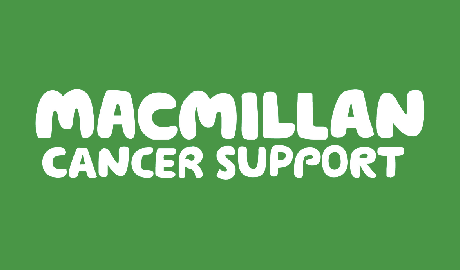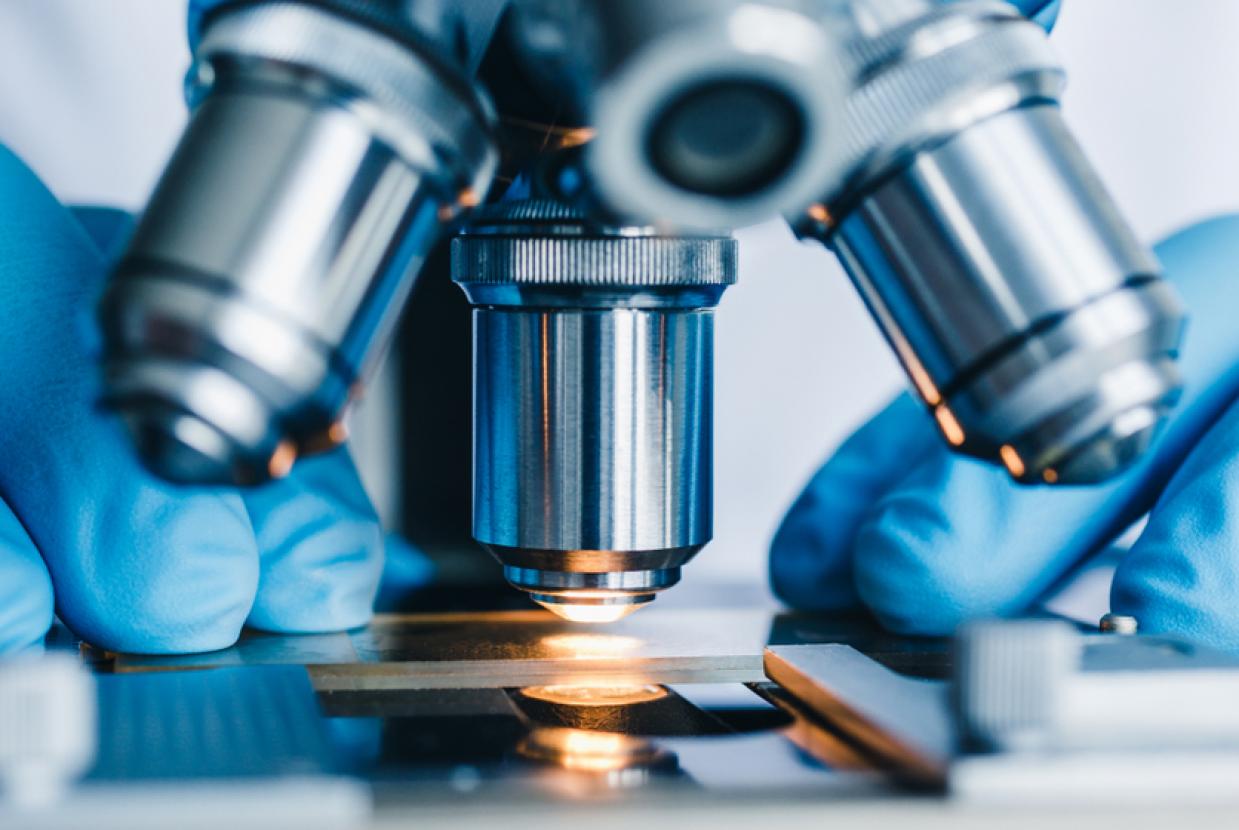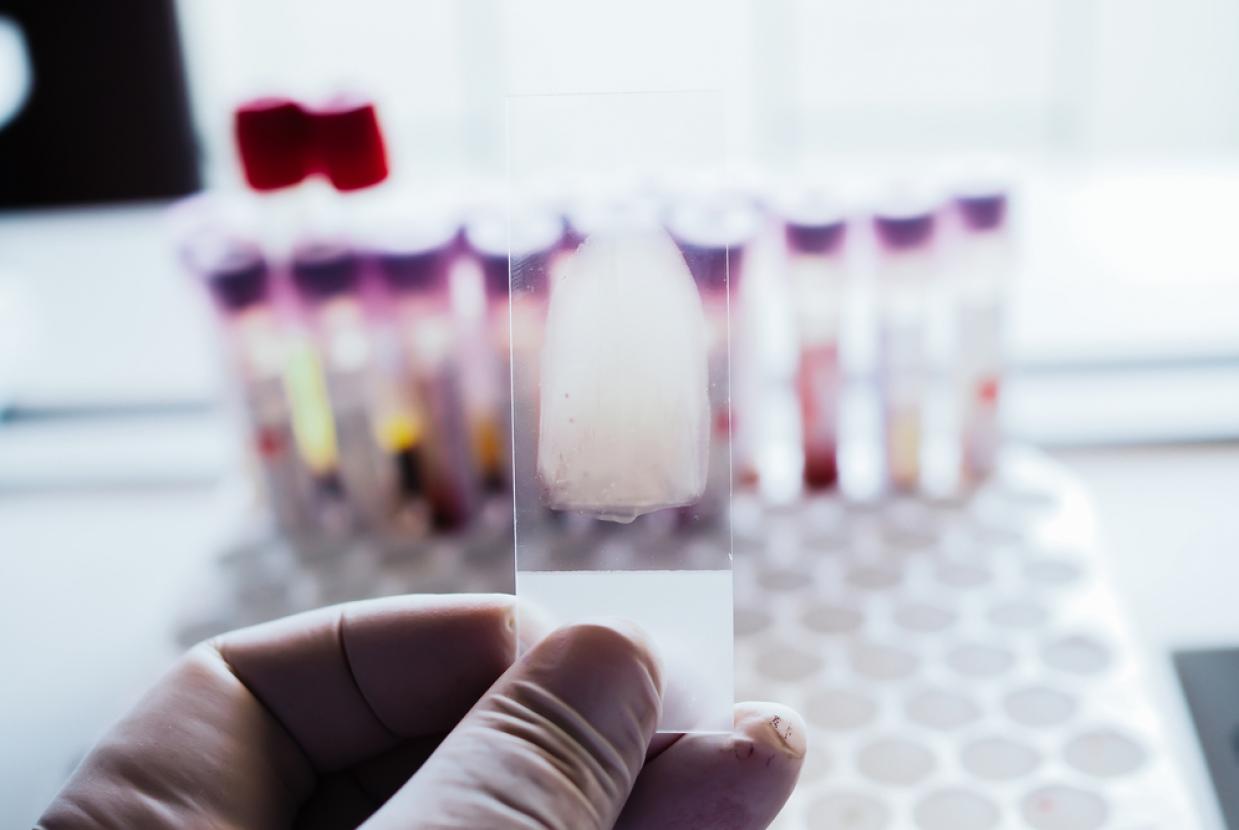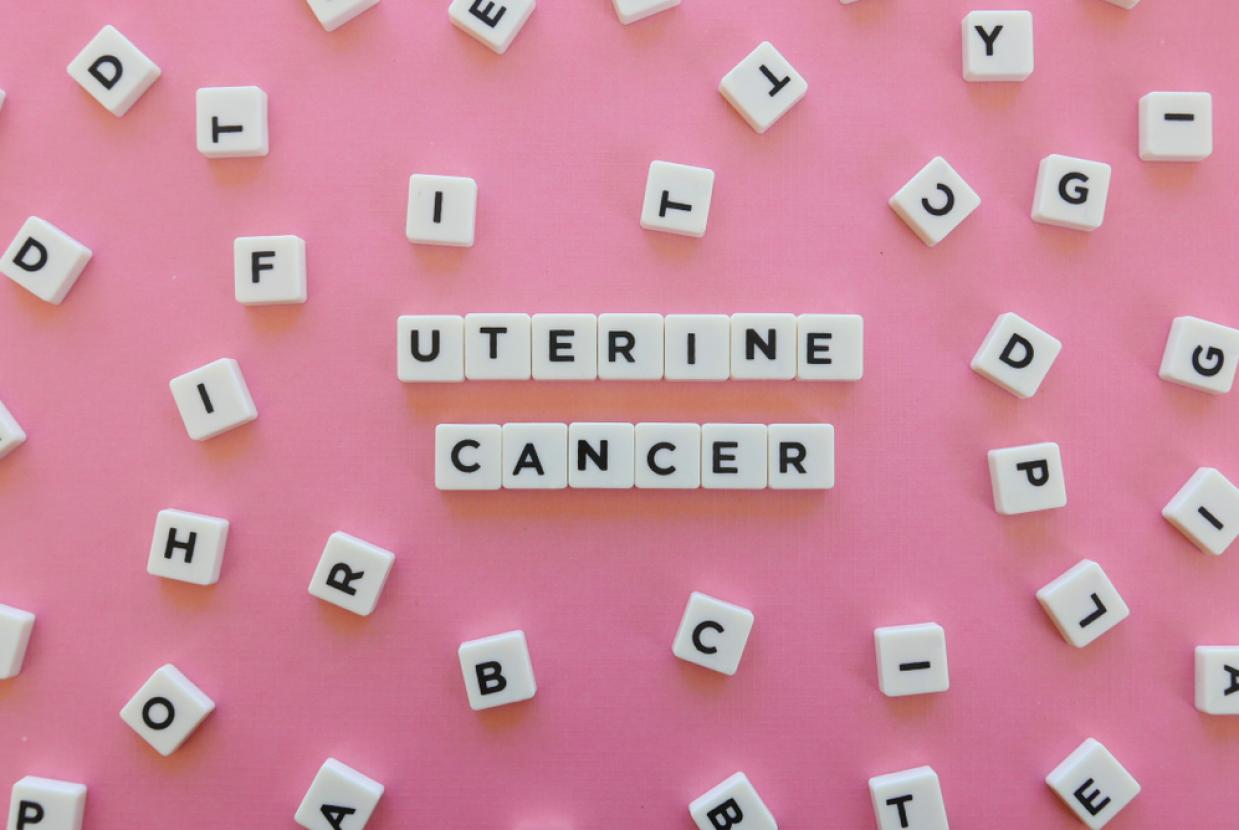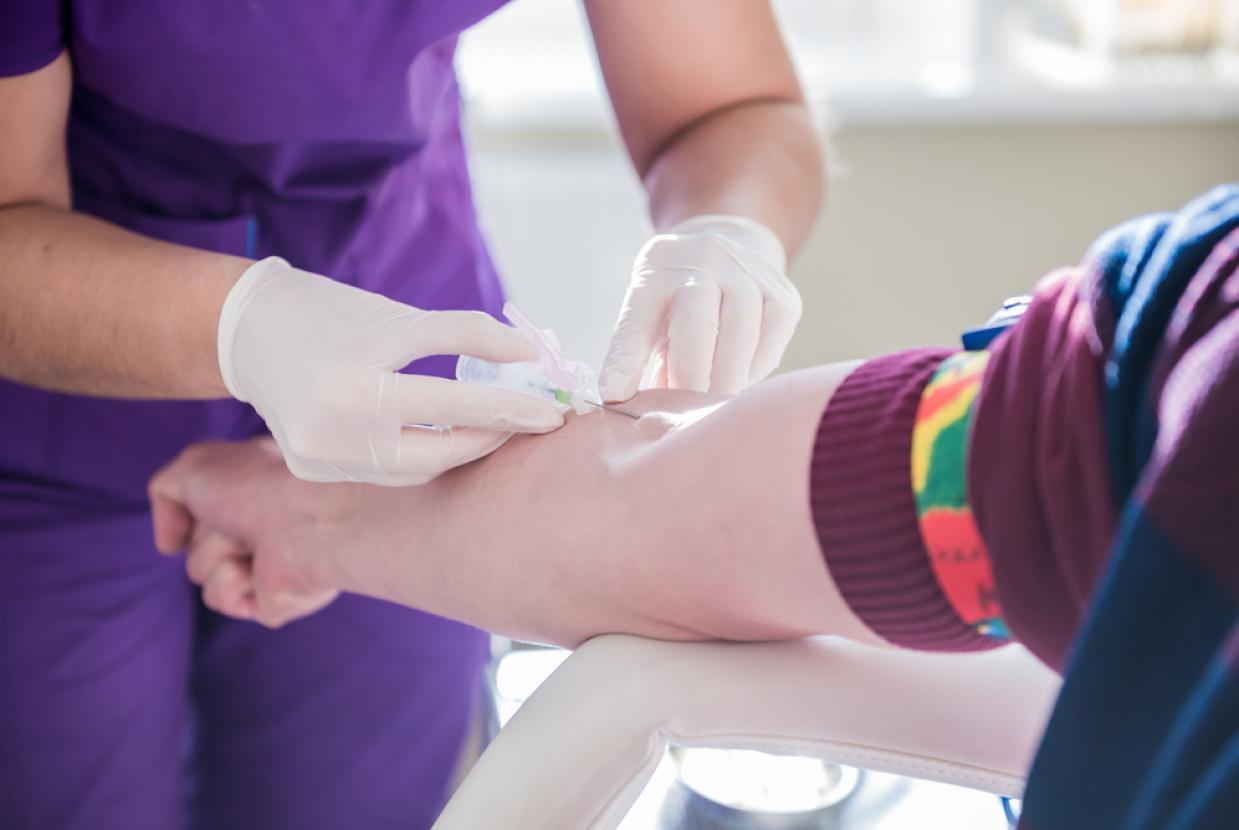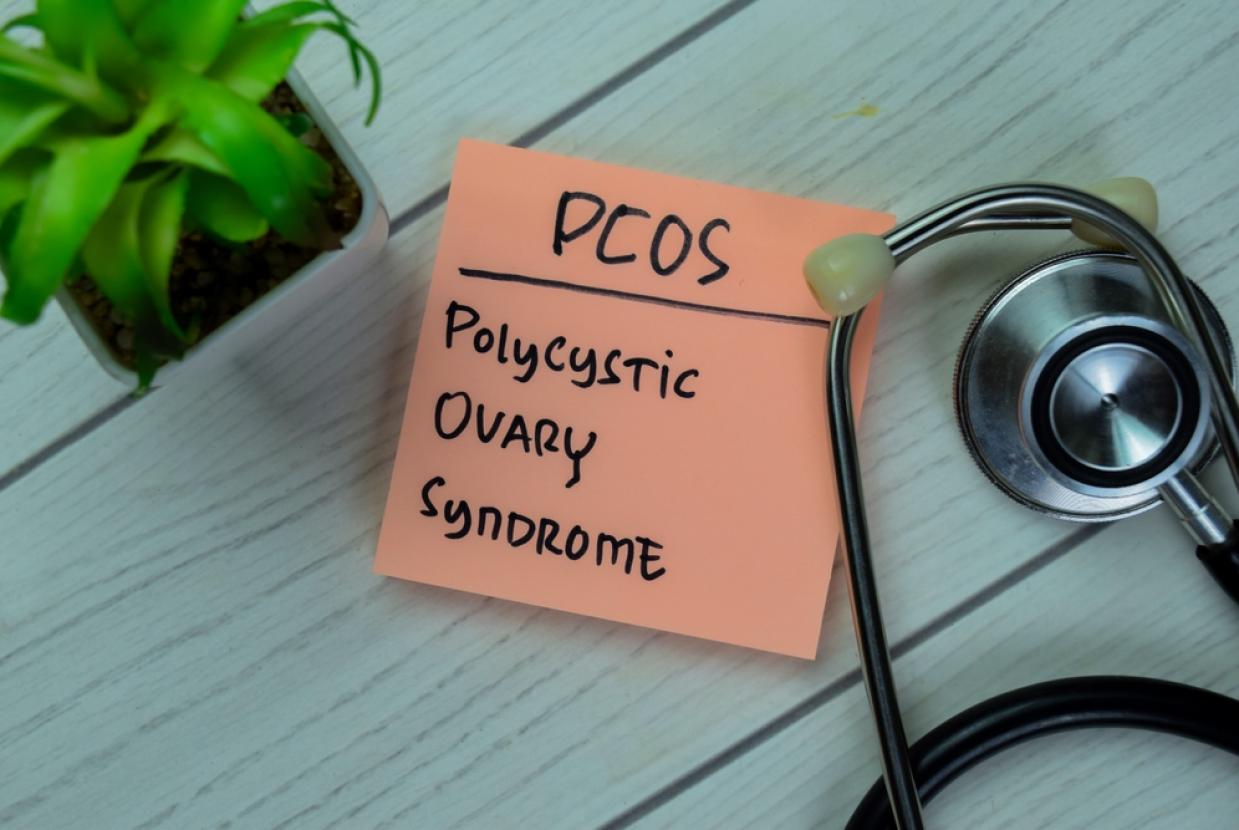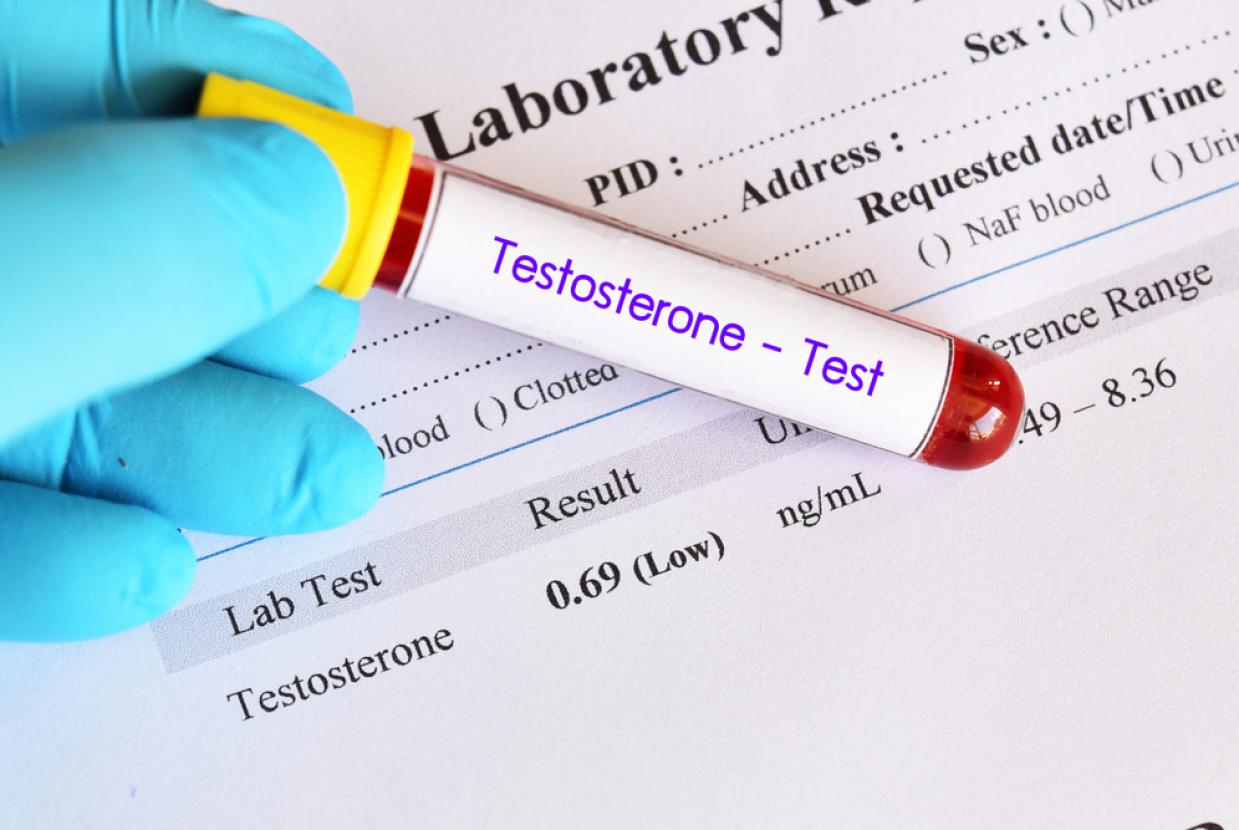Treatment For Ovarian Cancer
A team of specialists will meet to discuss the best possible treatment for you. This is called a multidisciplinary team (MDT). Your cancer doctor and specialist nurse will explain the different treatments and their side effects. They will also talk to you about the things you should consider when making treatment decisions. The main treatments are:
- Surgery - You usually have surgery to remove all or as much of the cancer as possible. It usually involves removing the womb, ovaries and fallopian tubes. If you have a very early stage ovarian cancer you may be able to have surgery to preserve your fertility.
- Chemotherapy - Chemotherapy uses anti-cancer (cytotoxic) drugs to destroy cancer cells. You usually have carboplatin along with paclitaxel. You may have chemotherapy before or after surgery, or both. Sometimes chemotherapy is given on its own as the main treatment if surgery is not possible.
- Targeted therapies - Targeted therapies target something in or around the cancer that is helping it to grow. You may have a type of targeted therapy called a PARP inhibitor drug. You take it as a tablet for as long as it works for you (maintenance treatment).
Treating ovarian cancer that comes back
It can be very hard to hear that the cancer has come back again. You may feel shocked and find it difficult to think of having treatment again. Your doctor and specialist nurse are there to help and support you. They will explain the best treatment options for you. The aim is to control the cancer for as long as possible. Your treatment will depend on:
- the treatment you had before
- how long it kept the cancer away
- if you had any difficult side effects from previous treatments.
You usually have more chemotherapy and a targeted therapy drug. Sometimes further surgery is possible. You may have different treatments over several years to control the cancer. Your doctor may also talk to you about having newer treatments in a clinical trial.
Other cancer treatments are occasionally used:
Hormonal therapy - Hormonal therapy may slow the growth of the cancer by blocking or reducing oestrogen. It may be used if the cancer comes back and you do not want more chemotherapy or want to delay it. You usually have it for low-grade cancers. The drugs are the same as those used to treat breast cancer. They include tamoxifen and letrozole.
Radiotherapy - Radiotherapy uses high-energy rays to treat cancer. It is not often used to treat ovarian cancer but may be used to control symptoms such as bleeding or pain in the pelvic area. This is called palliative radiotherapy. A type of radiotherapy called stereotactic ablative radiotherapy (SABR) may be used if the cancer is only in one other part of the body, such as a lymph node, or the lung or brain.
Controlling symptoms
Treatments for the cancer often improve any symptoms you have. If the cancer is more advanced you may see a specialist doctor or nurse for expert help in managing symptoms. Sometimes advanced ovarian cancer causes symptoms because of a build-up of fluid:
- in the tummy (called ascites)
- in the lung (called a pleural effusion) if the cancer has spread to the lung.
Your doctor will arrange to have the fluid drained away. After this you will feel more comfortable and less breathless.
Blocked bowel (bowel obstruction)
If the cancer is growing close to the bowel, it may put pressure on the bowel. This can cause a blockage so the bowel contents cannot easily pass through. Or it may happen because surgery to the abdomen causes tissues to stick together (called adhesions).
Symptoms can include:
- tummy pain
- bloating
- feeling sick
- vomiting large amounts
- constipation
- diarrhoea.
There are different ways it can be managed. Your doctor and nurse will talk this over with you. Treating the cancer may improve a bowel obstruction. But sometimes you may need surgery to remove the blocked section of bowel.
A blocked bowel can also be managed by having fluids through a drip for a time. Sometimes your doctor may suggest having nutrients through a tube, either into the stomach (enteral nutrition) or into a vein (parenteral nutrition).



